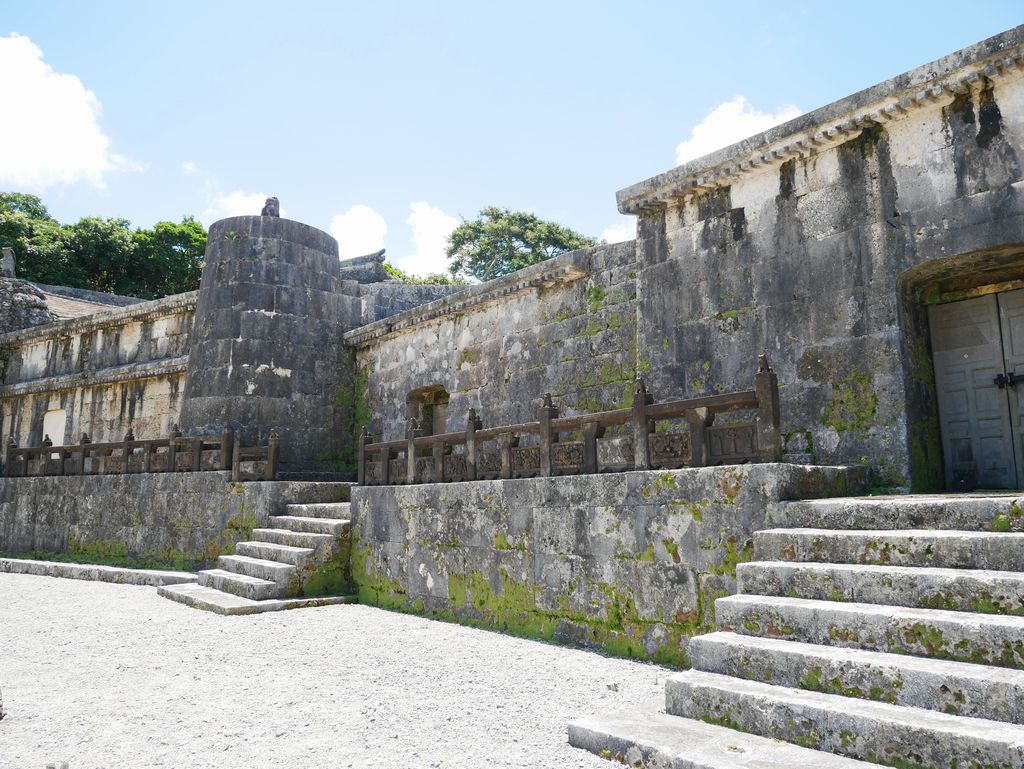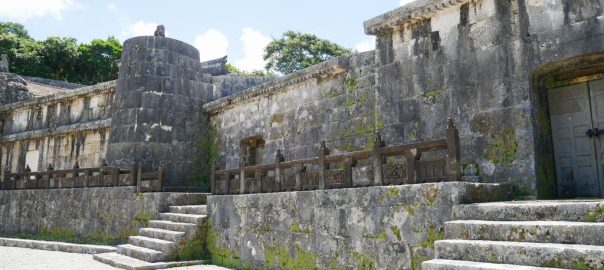
Differences between Okinawa and Mainland Graves (1) Grave Size
Visitors to Okinawa from outside the prefecture are surprised at the size of Okinawan graves.
Some people see these huge graves suddenly appearing in residential and urban areas and mistake them for public toilets. The size of these graves is unthinkable in the mainland.
The size of these graves is a major difference between Okinawan and mainland graves.
On the mainland, the typical size of a grave is about 150 cm high on a 1-square meter lot, but in Okinawa, a grave of at least 2 m high on a 3 tsubo (about 10 square meters) lot is the norm, with a grave yard of some size in front of the grave.
In April, during the Seemi festival, tents and blue sheets are spread out in these grave yards, and relatives gather for ancestral memorial services and a picnic-like dinner. For Okinawans, the graveyard is also an important place for socializing with relatives.
Differences between Okinawa and Mainland Graves (2) How to Deliver Bones
The different shapes of graves are due in part to the Chinese influence on Okinawan grave culture, but also to the different methods of bone delivery.
In Okinawa, the bones are placed in an average 7″ urn (about the size of a 21-inch urn) and buried above ground as they are.
Therefore, an ossuary (large space) is required.
The interior of the tomb is a three-tiered platform, and in the case of the Monchu tomb, there is a place for a joint burial at the back of the ossuary.
In recent graves, such a space is provided under the altar where the urn is placed, and those who have completed the 33rd anniversary of their death are buried there.
On the other hand, on the mainland (*there are regional differences), the bones are wrapped in a white cloth and placed in an underground ossuary called a “calotte. The absence of an above-ground ossuary means that the graves are more compact.
In addition, while most graves in Okinawa are roofed over like a “house,” graves on the mainland are piled up with square headstones, with a grave marker engraved on the top that reads “Tomb of the ●● family”.
When visiting a grave, people in Okinawa put their hands together facing the door of the grave where the bones lie, whereas people on the mainland put their hands together facing the grave marker. This is another big difference.
Thus, even in the same part of Japan, grave culture differs between mainland Japan and Okinawa. Recently, however, with the spread of cemeteries, many cemetery-style graves that capture the main characteristics of both have become commonplace. With the changing times, the shape of graves is also gradually changing.

